What’s next in the world of intelligent wearables? A few years ago, smart glasses were still a punchline to a joke about tech overreach, with much-vaunted concepts like Google Glass confined to developers and ambitious enterprise clients. What do smart glasses offer to the rest of us, apart from one more reason to be suspicious of those wearing sunglasses indoors or when it's overcast?
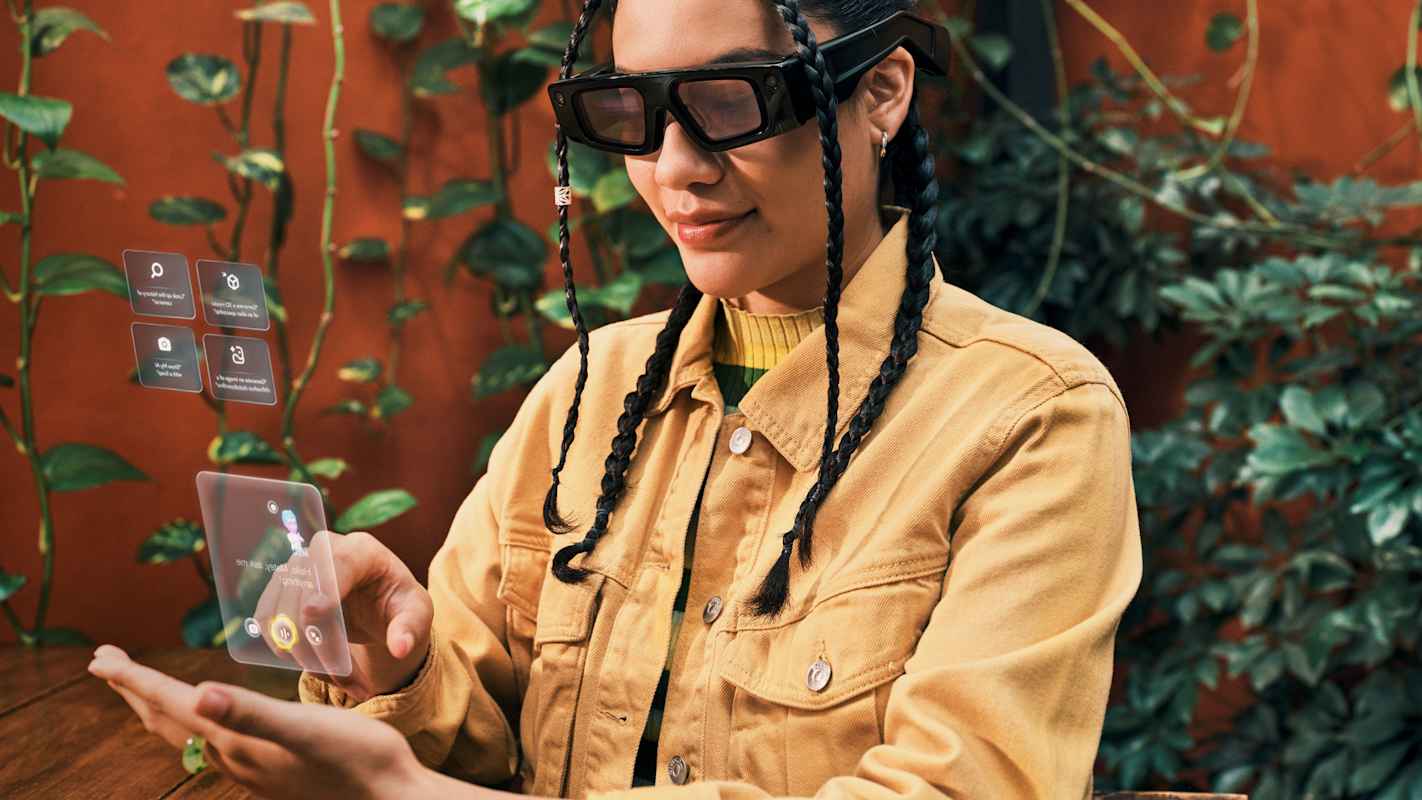
Spectacles AR glasses from Snap
(Image credit: Snap)
This summer’s announcement of Android XR as a new force in wearable operating systems won’t come to consumers until early next year. XR is designed to work via audio or with internal lens displays, and it’s the latter that’ll generate the most buzz when the first devices arrive in 2026.

Viture Pro XR Glasses
(Image credit: Viture)
It’s not to be confused with conventional XR glasses, as above, which achieve extended reality by projecting a tiny display onto the back of frames that create what are effectively giant wearable screens. The proximity to the eye creates a vast digital canvas that feels a few feet away. Whilst these are good for air travel, for example, allowing you to watch movies and even work, these kinds of XR glasses aren’t designed to use whilst wandering around.
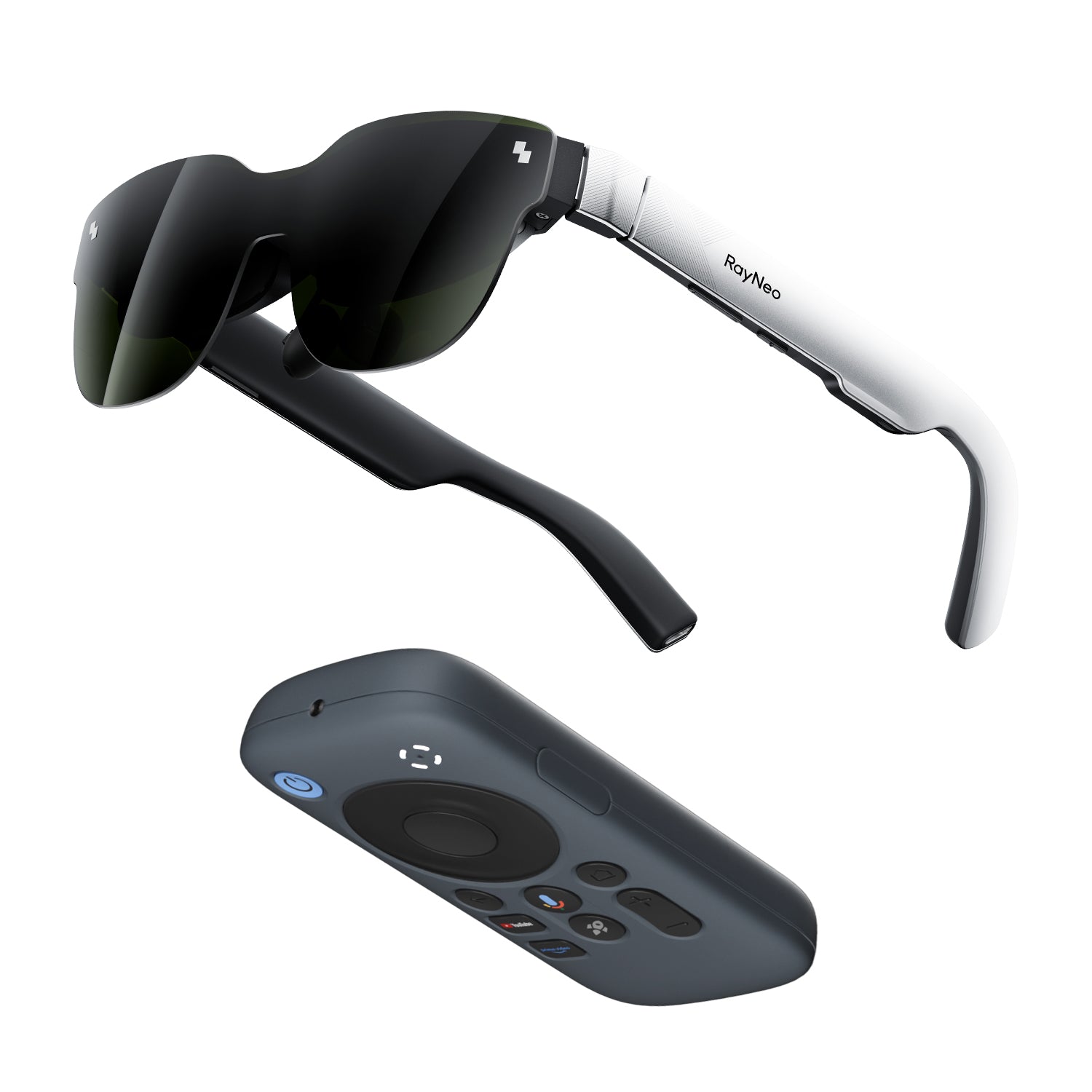
To handle the processing, most smart glasses have a separate pack to handle graphics, seen here with the RayNeo Air 3S
(Image credit: RayNeo)
Some commentators have speculated that the transparency and layering elements of Apple’s new Liquid Glass design approach – itself derived from the boundary-less interface of the Apple Vision Pro – is opening up their OS to the potential of a glasses-powered interface. Given that Google is busy developing its Vision OS-style platform, it seems more than likely that the search giant will also have its own hardware to accompany it, as well as licensing the tech to others – it recently announcing a tie-in with American eyewear brand Warby Parker.
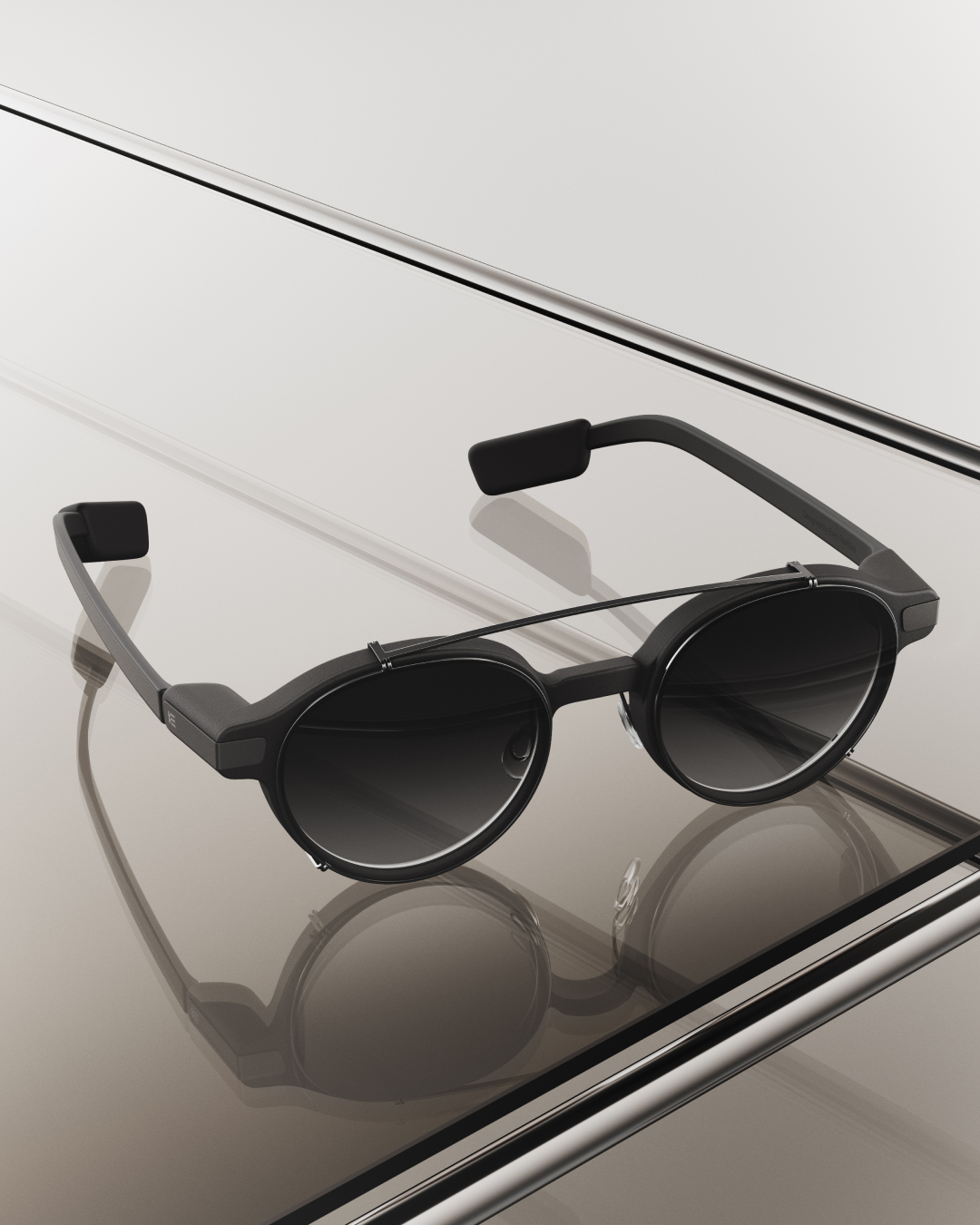
Smart glasses from Even Realities
(Image credit: Even Realities)
Glasses come in many formats, some of which follow the Google extended and augmented reality approach, while others just serve as a portal for interaction with a smart agent. Others promise to enhance hearing and fitness tracking or simply provide a way to make calls and listen to music. We’ve taken stock of what’s new and next in the world of smart glasses.
Meta by Ray-Ban

Ray-Ban Meta AI glasses
(Image credit: Ray-Ban)
Right now, Ray-Ban’s Meta glasses are dipping in price as the companies gear up to launch a new iteration. Currently on their second generation and sold via high profile ads featuring Chrises Pratt and Hemsworth, Ray-Ban originally teamed up with Meta AI to embed the tech giant’s chatbot into the frames back in 2023.
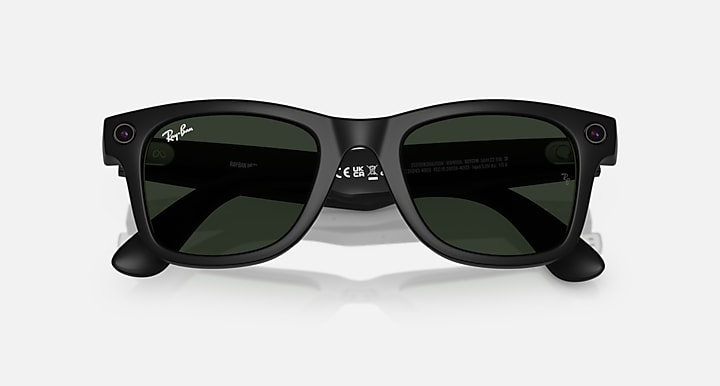
Ray-Ban Meta AI glasses
(Image credit: Ray-Ban)
Today you can choose between Wayfarer and Skyler frames, along with a variety of tints and finishes (including prescription lenses). Audio is conducted via open air speakers built into the arms, and the 12MP camera can be used alongside the Meta AI app in your smartphone. The AI responds to spoken queries and identifies songs, as well as record video and messages and other potentially socially divisive activities.
Spectacles by Snap

Spectacles AR glasses from Snap
(Image credit: Snap)
Snap Inc, the makers of Snapchat, are currently trialling their fifth generation Spectacles, augmented reality glasses that overlay a graphical image over the real world whilst still (just about) providing a regular sunglasses-like appearance that doesn’t conceal your eyes. Next up are ‘Specs’, the sixth-generation iteration of the tech, due in 2026. This time the frames will smaller and slimmer, with deeper AI-integration (using both OpenAI and Google Gemini) to allow for realtime queries about your surroundings.
Air 3S by RayNeo
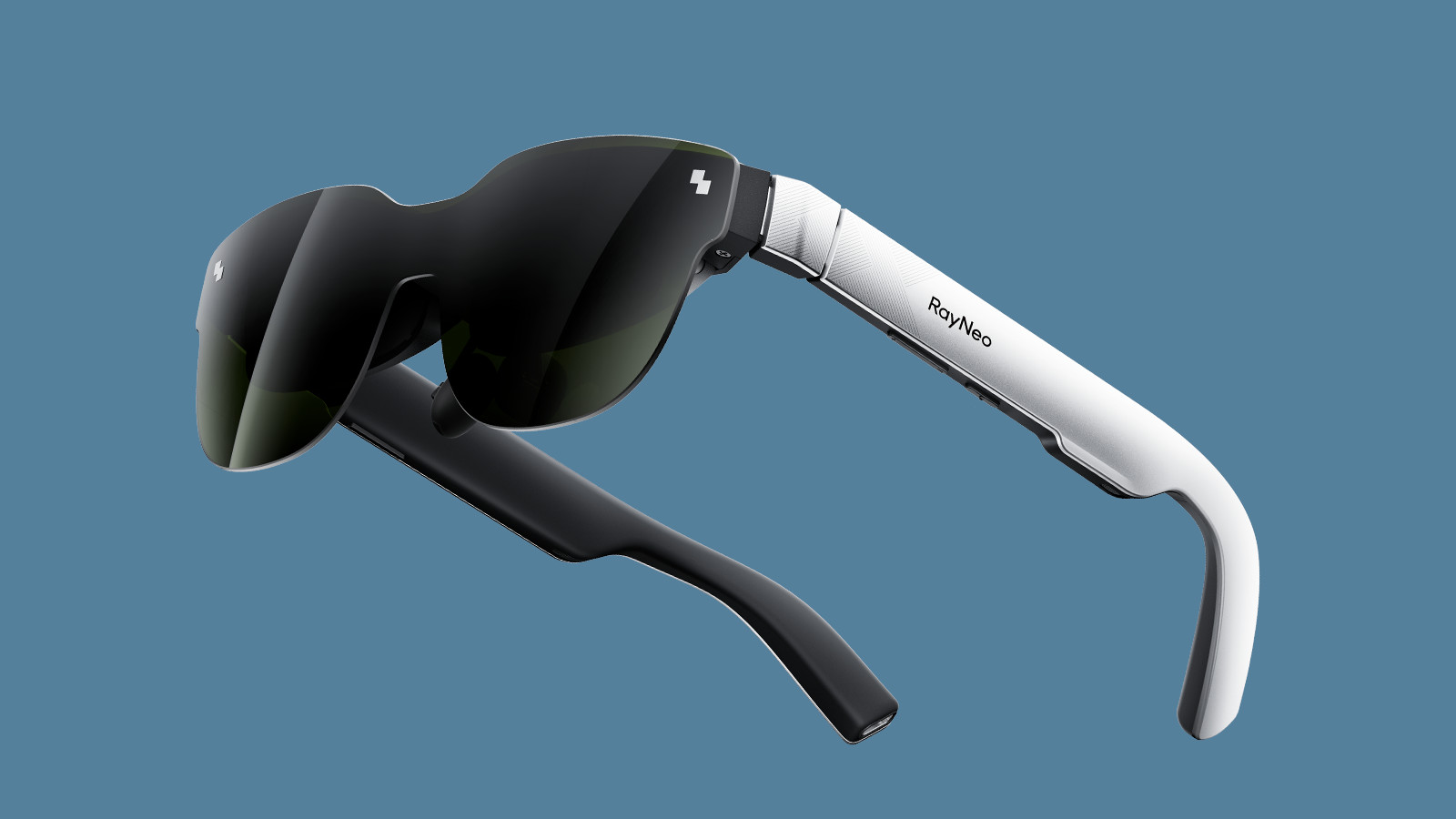
RayNeo Air 3S
(Image credit: RayNeo)
Think of RayNeo’s Air 3s XR Glasses are personal screens - effectively a projector you wear on your eyes. They come complete with inbuilt Google TV, immersive sound and connectivity for everything from your mobile and PC to the Nintendo Switch.
Pro XR Glasses by Viture

Viture Pro XR Glasses
(Image credit: Viture)
Viture’s Pro XR Glasses come with Harman audio, jet black lenses that let no light escape from the internal microLED screens and promised single cable connection to anything.
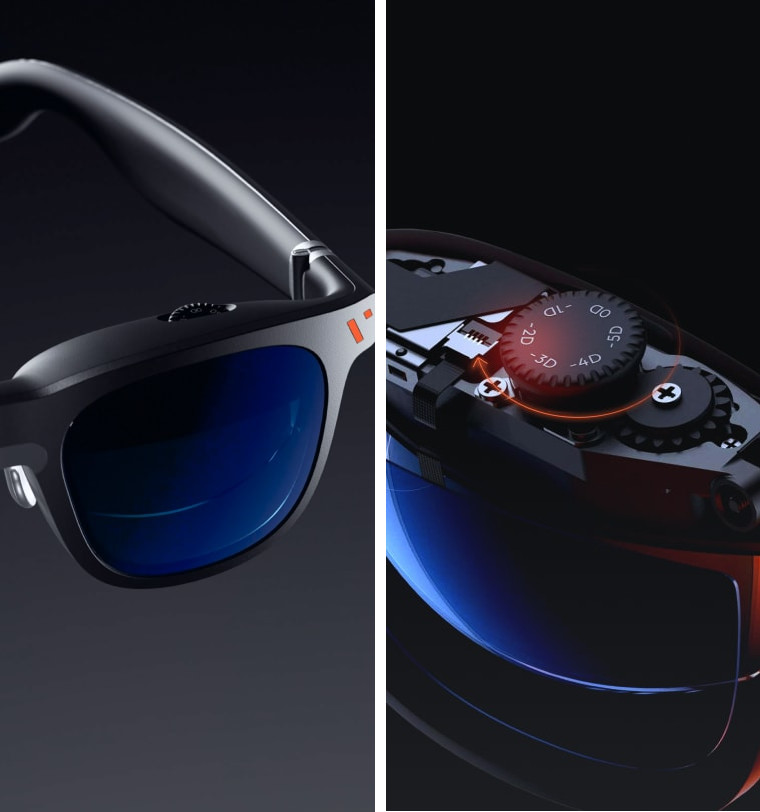
Details of Viture's Pro XR Glasses
(Image credit: Viture)
Users can expect a display that equates to a 135” TV at a distance of 3m, with fast refresh rates for smooth motion in games and inbuilt lens correction to help the shortsighted. Aimed primarily at gaming and media consumption, the company’s newest glasses weigh in at 78g, although they’re still pretty chunky.
Project Aura glasses by Xreal
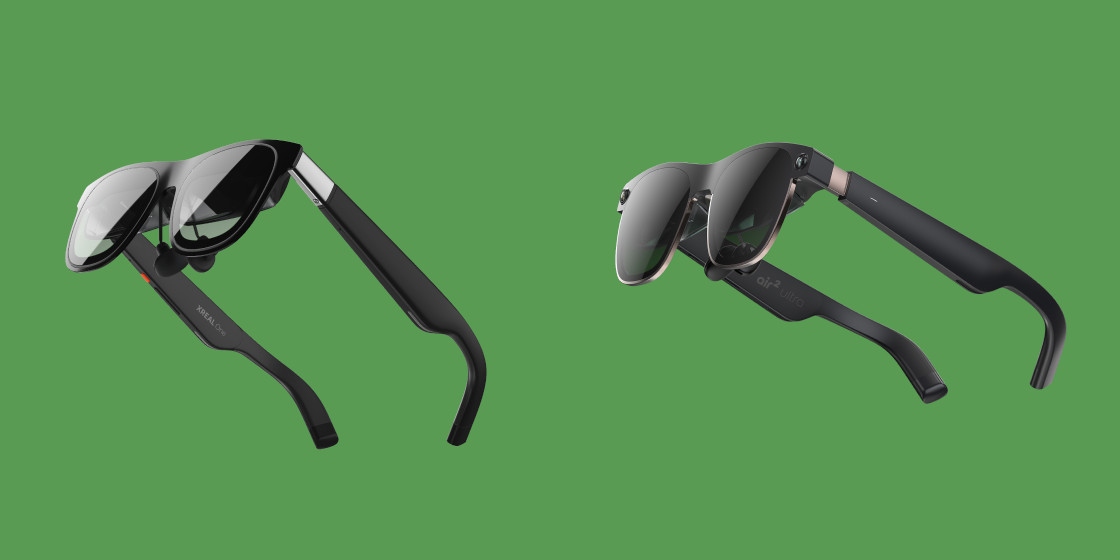
Project Aura One Pro by Xreal (left), alongside the Air 2 Ultra (right)
(Image credit: Xreal)
With the first product due next year, Project Aura is being touted as the first glasses-style application of Android XR. Xreal will be selling several Project Aura models, including the high-end One Pro models that combine elements like prescription lenses and Bose sound with the ins and outs of the XR OS. These will supplement existing wearable display models like Xreal's Air 2 Ultra.
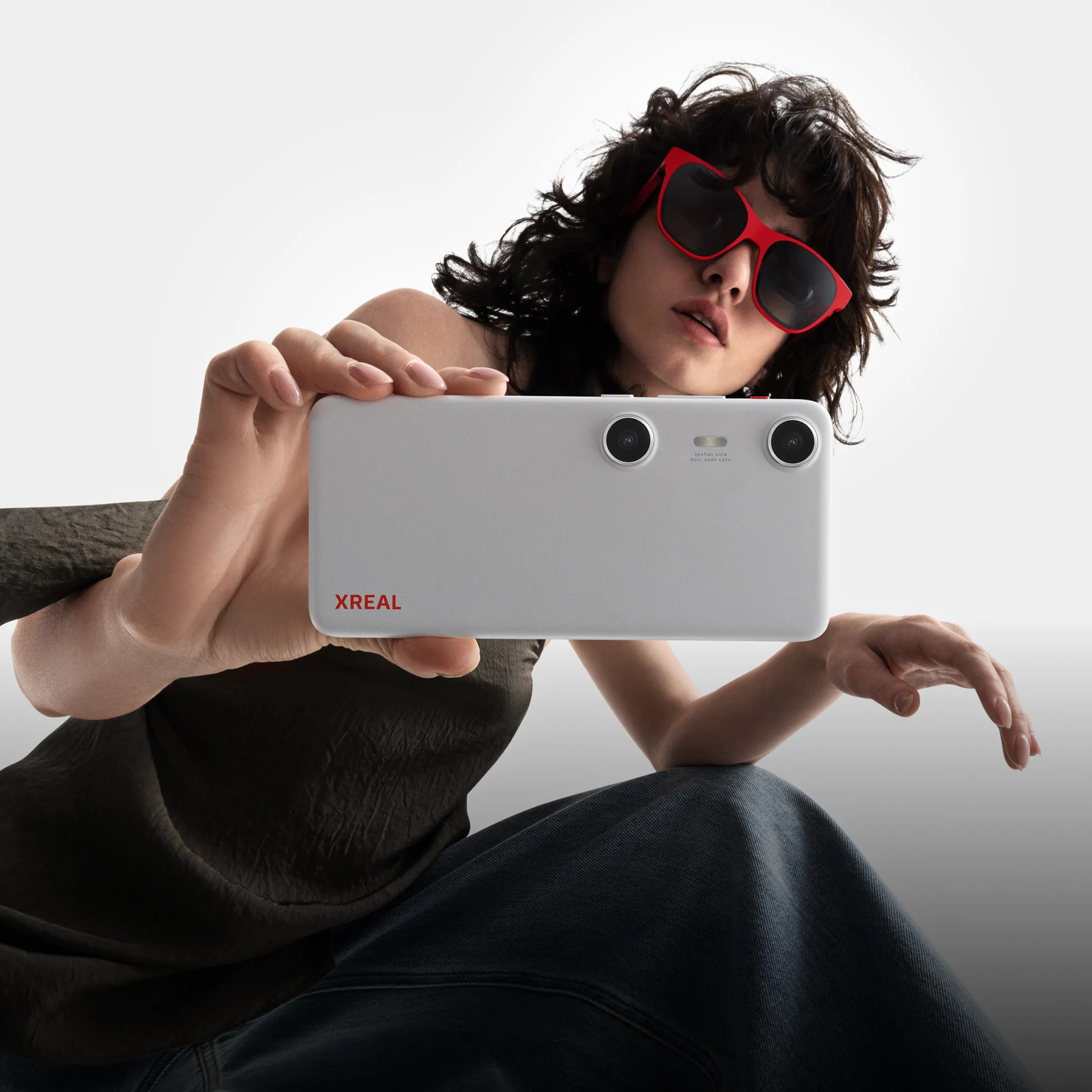
Xreal's Beam Pro is a spatial computing AR companion device designed to enhance Google apps
(Image credit: Xreal)
The Aura glasses get UI elements that pop up persistently within your physical space, similar in concept to the Vision Pro, only without the all-encompassing design of Apple’s product. Project Aura will also require a separate box to handle the processing power.
Project Moohan by Samsung

Samsung's Project Moohan Android XR headset
(Image credit: Samsung)
Before Xreal, Samsung hopes to get its Project Moohan headset to market. Clearly very derivative of the Vision Pro, this device was first shown at MWC 2025 and will no doubt lose the codename when it finally arrives. Unlike the Apple device, Samsung has opted not to integrate a screen to show the user’s eyes, so wearers will be completely incognito.
Even G1 Smart Glasses by Even Realities

Smart glasses by Even Realities
(Image credit: Even Realities)
A new brand from China, Even Realties is branching out with its own dedicated OS and projector system, throwing up info like translation and navigation details onto the lens. Notes and AI-driven suggestions can also be projected onto the lens, appearing as if the text was around two metres from your eyeball.
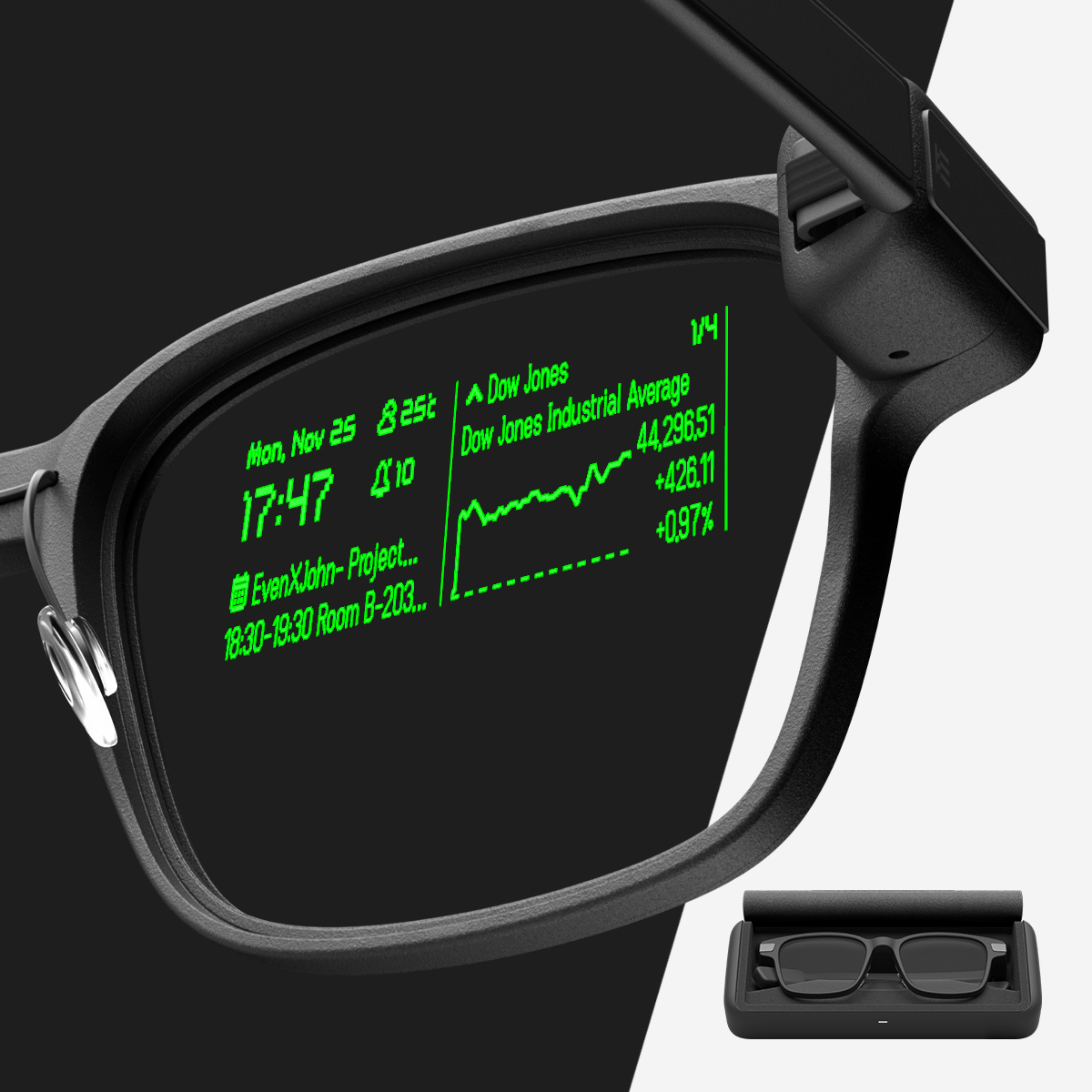
A mock-up of the projector system developed by Even Realities
(Image credit: Even Realities)
Available in two models, the G1A and G1B, the glasses can be specified with prescription lenses and have a far slimmer profile than other approaches. The proprietary software works in part with a tilt of the head and can even be used as a discrete teleprompter device.
OCOSense by Emteq Labs
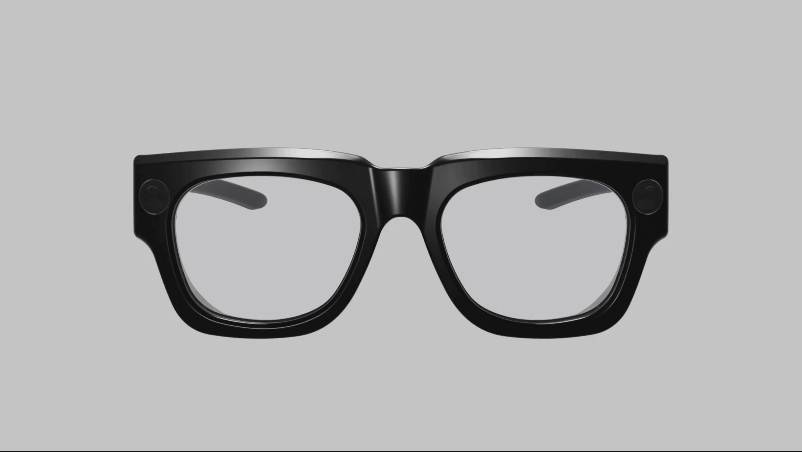
OCOSense by Emteq Labs
(Image credit: Emteq Labs)
Still in early development, UK-based start-up Emteq Labs is developing the OCOSense platform, a sensor-driven, frames-mounted set-up that uses a pair of smart glasses to track, amongst other things, facial expressions and emotional responses using Optomyography, a high-volume sensor system that measures muscular response across the face.

The first version of the OCOSense glasses
(Image credit: Emteq Labs)
Capable of making 6,000 readings a second, this data is spliced with ChatGPT-interpreted inputs on things like environment and even food. A suggested application is monitoring physical and mental fitness as well as diet.
Nuance Audio Glasses by EssilorLuxottica
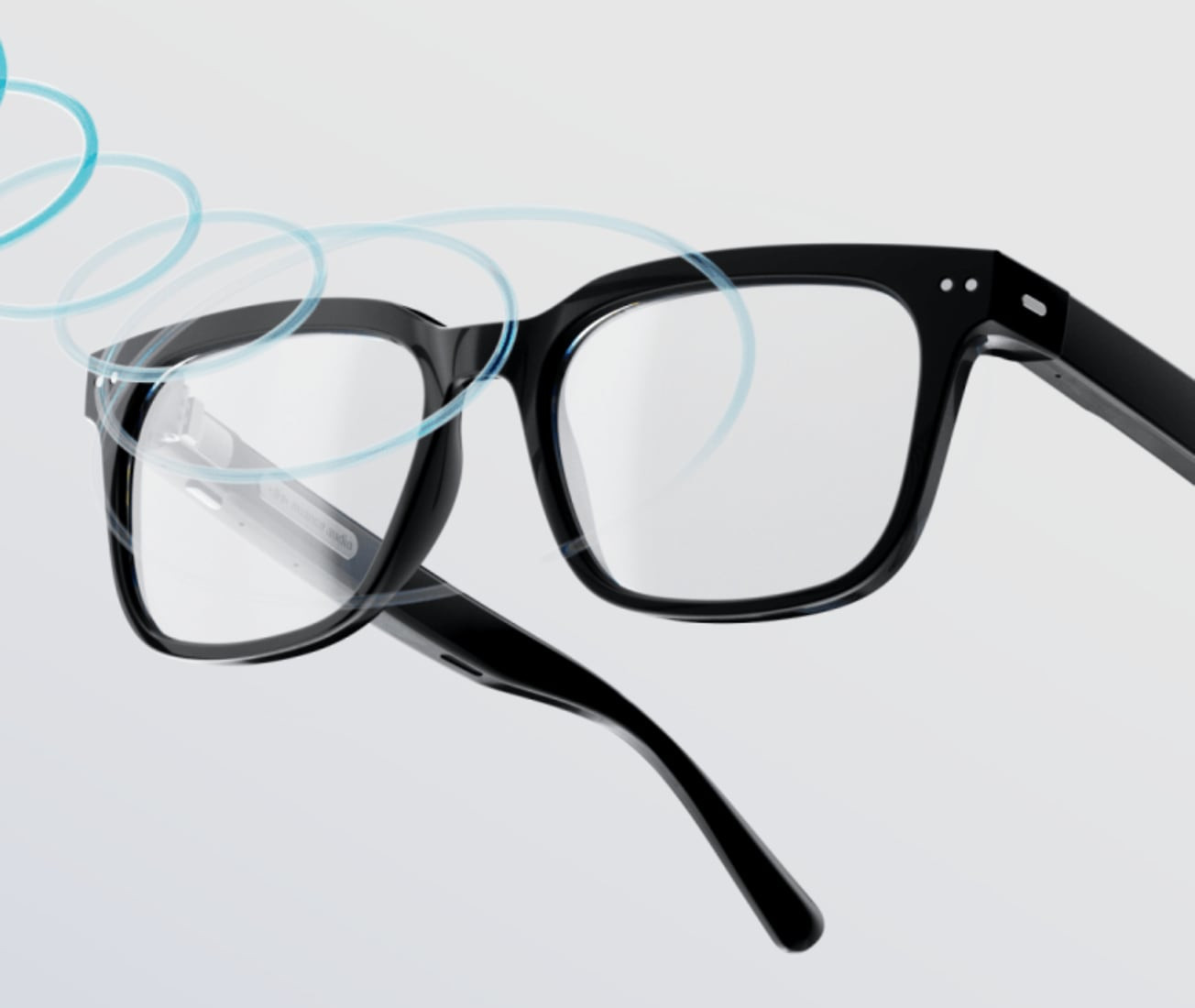
Nuance Audio Glasses
(Image credit: Nuance)
The smart thing about the forthcoming Nuance Audio Glasses, soon to be launched by EssilorLuxottica, is that they have an integrated hearing solution. Eschewing all the AI assistance and other OS complexities, Nuance focuses on a single, solvable issue – how to improve your hearing in noisy and crowded environments. Paired with a dedicated app that allows you to fine tune the onboard mics and noise cancelling, the glasses are a subtle way to counter the 50% of people who have some form of hearing loss over the age of 55.









 English (US) ·
English (US) ·